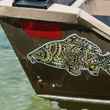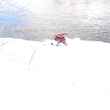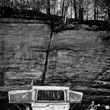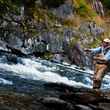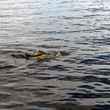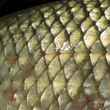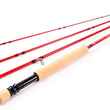Historically, the Snake River basin was the largest salmon producer in the Columbia River system, once home to salmon runs numbering in the millions. Today, all stocks of salmon and steelhead in the basin are gravely imperiled and some are at the precipice of extinction. Over the last 20 years, the federal government has invested nearly $17 billion into the recovery of Snake River Basin salmon and steelhead—with little to nothing to show in the way of results.
Scientists draft letter calling on governors to tear down the lower Snake River dams
by Hatch Magazine - Thursday, Jan 14th, 2021



